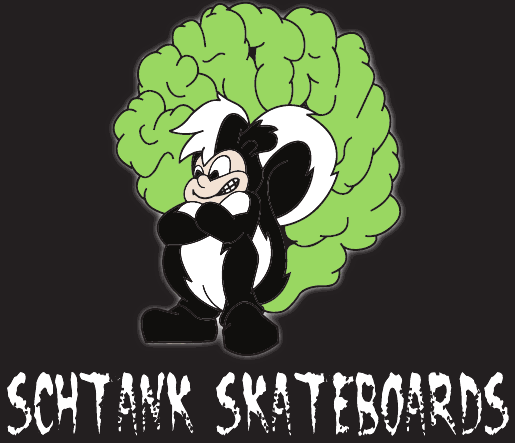History of The Maloof Money Cup
Joe Maloof, one of the creators and owners of the Maloof Money cup, has been invested in many mainstream sports such as professional basketball for some time. Unlike the rest, Maloof says the brotherhood he sees in skateboarding is stronger than he has seen in any other industry, and that is why he loves it. TransWorld caught up with Maloof during the contest to get the scoop on the past, present, and future of the Money Cup.
Before this competition, did you have any background in skateboarding?
No, I didn’t know anything about skateboarding. How it happened was from my brother Gavin and I used to do a skate camp every year in Sacramento and that got a little bit boring for me. Then we were going to host a skate camp here in Orange County and then it morphed into this.
Considering you are taking the fifth Maloof Money Cup to South Africa, what are your plans for the contest in the future?
After we did the Maloof Money Cup in New York City, the next week I had twenty-seven other cities from all over the world contact me. I’ve never seen anything like it. It’s a little overwhelming. What I want to do is sit back and look at the different areas that would like to host one of our competitions, build the most beautiful skateparks all designed by skaters, have the competition there and then leave the skatepark there for the kids to skate for generations. I will never tear down another skatepark again.
Do you have another international location lined up after South Africa?
There are a number of countries. So, what I want to do is go to South Africa, take my time, do it right, make sure it is all done properly and then expand it to other cities internationally.
What is the business strategy behind going international?
I want to build the Maloof brand as well as skateboarding. I think our contest has been able to take skateboarding to a whole other level. There is an old Maloof saying that my father taught me, “What we do good today, we must do better tomorrow.”
What are your feelings toward endemic vs. non-endemic advertisers and partners?
I think anything that is good for skateboarding is what I am in favor of. If there is a company that is not good for skateboarding, then I won’t have them involved in our competition. For the most part, everybody gets it now. I want to make sure that I always keep the competition as core as possible and always desired by the skateboarders themselves. They are the celebrities, they are the ones that put it together, and I just build what they want.
About how many partners do you think is adequate for each event?
I think that if there is a number that contacts you, you just have to be cognizant of the different companies that contact you and make sure they are a good fit for skateboarding and Maloof, and that is what I have done. I’ve had probably a hundred companies contact me, but the people I want to give the first shot at is the skateboarding companies and the core shops. In the festival village, anybody is welcome and if you want to put up a booth out there, I wont charge you.
How do you feel the Maloof Money Cup ratings compare to a Sacramento Kings game?
People love skateboarding. I tell you, Once you exposed people to what great athletes these people really are, ratings go through the roof. Also, remember skateboarding has been around since the sixties, so now you have people in their thirties and forties who are going to make it even better because they understand it.
What are your plans for future contest setups? You have added the mini mega ramp this year and vert the year before, are you going to continue to grow each contest?
There are a lot of great ideas. I was talking to Jake Brown, and he wants to do the big Mega here and I said I’d look at it and see if we have enough room here. It would be a lot of fun. I just want to make the contest better every year. I’ll tell you what I do plan to do— from now I am going to start numbering each contest. Now, we are on Maloof Money Cup 4, Orange County, and the next will be Maloof Money Cup 5, Kimberly South Africa. I think what that does is keeps this as the greatest skateboarding event in the world.
In general, what is your business philosophy behind hosting events for skateboarding, rather than mainstream basketball?
The philosophy that I learned when I was ten years old from my dad, take care of the customer - the fans. For the people that come to see the event, make sure they are having more fun then anywhere else in the world. Number two is take care of the skaters, because they are the true celebrities - everything else takes a seat in the back. I learned that and it works in any business you are in. Take care of people, be nice to them, open your arms to them, and cater to them. The word “cater” bothers people, it doesn’t bother me, I like to take care people.
Brought to you by Schtank Skateboards -
Affordable Arty Style Pro Skateboard Decks!




























